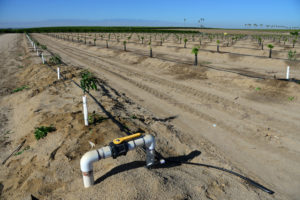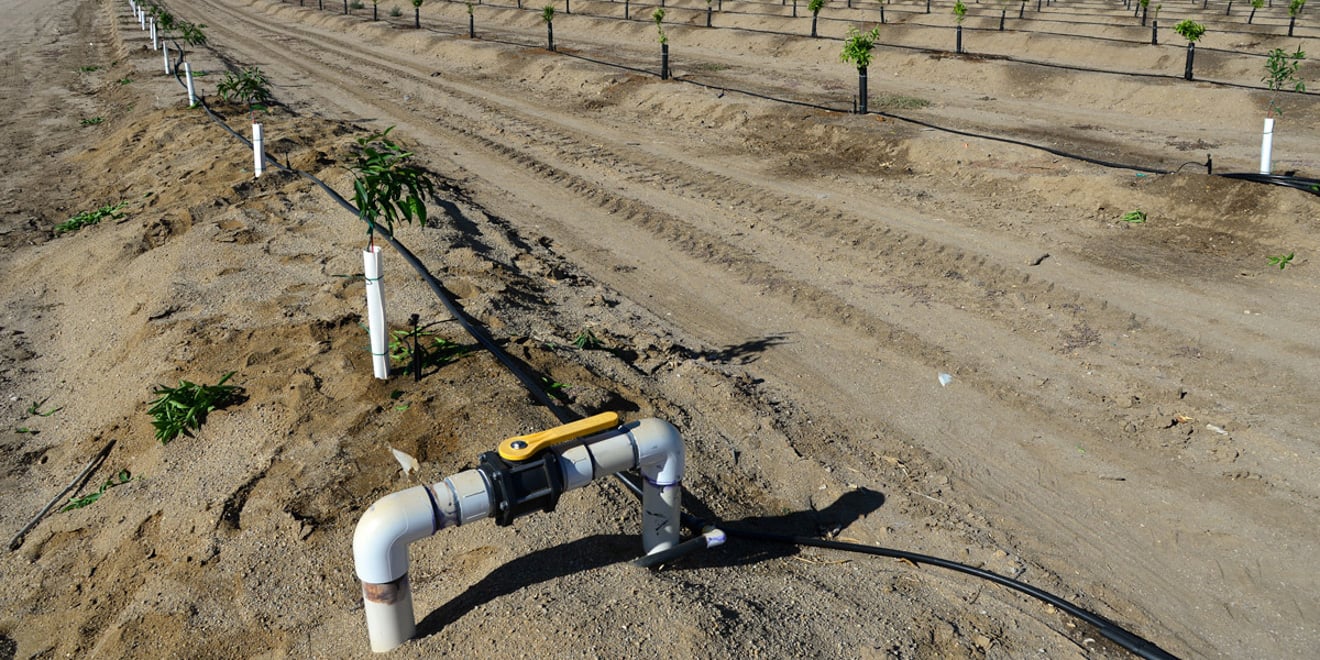Rosemary Knight, the George L. Harrington Professor at Stanford’s School of Earth, Energy and Environmental Sciences, and her colleagues have published a new study showing that years of over-pumping groundwater in California’s Central Valley are causing the ground to sink, permanently reducing its ability to store water.

Using satellite technology called Interferometric Synthetic Aperture Radar, the Stanford scientists found that land in the San Joaquin Valley sank about three feet during a recent drought due to over-pumping from the ground’s clay layers. The team used the satellite data to measure changes in elevation in the area during the 2007-10 drought period to quantify the sinking experienced by the land.
Such sinking occurs when the water pressure beneath the surface in the subsurface dips below a certain threshold due to excessive water extraction, leading to sediment compaction. The damage is irreversible, amounting to a loss of storage capacity between 336,000 and 606,000 acre-feet, wrote the authors.
“California is getting all of this rain, but in the Central Valley, there has been a loss of space to store it,” Knight said.
While the published data only reflected measurements from 2007-10, Ryan Smith, lead author of the study published in “Water Resources Research,” told Stanford News that the 2012-16 drought period has most likely seen equal or greater amounts of sinking, citing satellite data collected during the most recent drought.
A weakened capacity for soil to retain water could have major implications for the San Joaquin Valley, one of California’s largest centers for agriculture. To avoid some risk of sinking, Knight suggested pumping water from sand and gravel layers instead of clay layers, which are much more susceptible to permanent damage. The Stanford team is currently testing a new electromagnetic method for distinguishing clay layers from sand and gravel in the surface to make this kind of pumping far less expensive for farmers.
Contact Susannah Meyer at smeyer7 ‘at’ stanford.edu.
